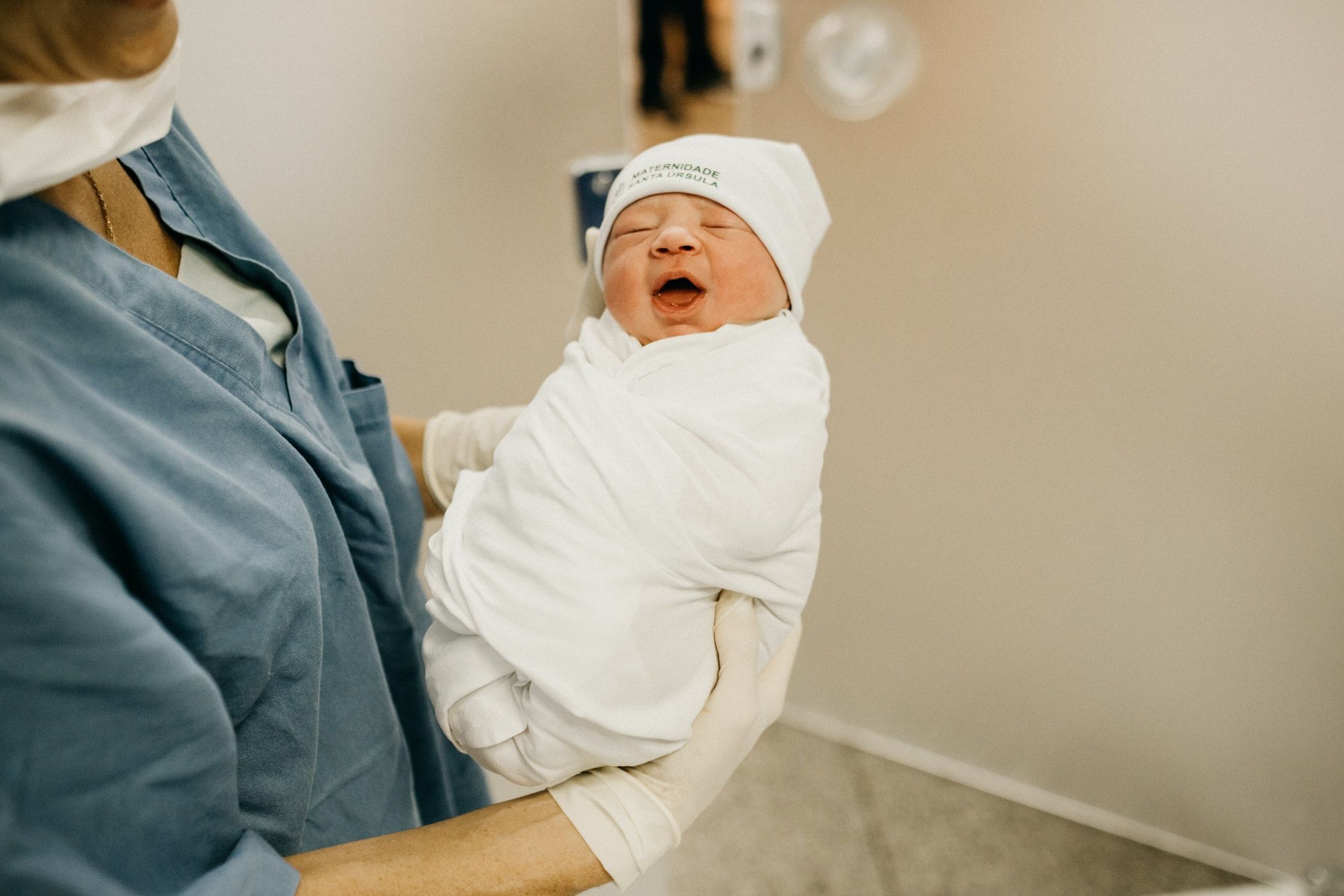Underweight Newborns with ROP Report Significant Visual Impairment Risk
Over a nine-year period, the observed incidence of ROP in infants with very low birth weight was 317.14 per 1000 newborns.

New data from a South Korean population-based study suggests a higher rate of visual impairment in newborns with retinopathy of prematurity (ROP), compared to previous findings.
Additionally, investigators determined that the incidence of ROP, one of the leading treatable causes of juvenile blindness, was significantly higher in infants with very low birth weight—versus infants with higher weight values. Furthermore, mortality risk was higher in patients receiving treatment than those who were not.
Investigators at Korea University assessed the entire newborn population (n = 4,149,959) from the National Health Insurance and the Korean Disability Registry database, which included data from 2006-2014. Of the overall population, 8273 were determined to have ROP. Information on ROP patients was available through 2016.
The team sought to evaluate incidence, rate of visual impairment, and mortality in infants with ROP according to birth weight and treatment modalities.
Patients were assigned to 3 weight categories: very low birth weight <1500 g; 1500-2499 g; and ≥2500 g.
The investigators divided treatment modalities into 3 categories: laser photocoagulation or cryotherapy; intravitreal injection of anti-VEGF with or without laser photocoagulation or cryotherapy; and vitrectomy or scleral buckling, with or without laser photocoagulation, cryotherapy, or anti-VEGF injection. Each ROP patient who had received treatment was then assigned to 1 of the 3 modalities.
Results showed the crude incidence of ROP from 2006-2014 was 1.99 per 1000 newborns. The incidence per 1000 in the very low birth weight population was 317.14, which was the highest among the 3 weight groups. The 2500 g group saw the lowest incidences, at 0.29 per 1000.
Thus, they determined that the ROP incidence in Korea was 1 in 502 among the entire newborn population—and 1 in 3 in the very low birth weight subpopulation.
The team found that a total of 138 patients had visual impairment—with 87 (63.0%) having had a severe case. Furthermore, they reported that the rate of visual impairment was 1.8 per 100 person-years at age 6, and 2.2 per 100 person-years at age 10.
The visual impairment rate was highest in the very low birth weight subpopulation, with 3.7 per 100 person-years at age 6, and 4.5 per 100 person-years at age 10 (OR, 1.32; 95% CI 0.66-2.67 for visual impairment and OR, 2.47; 95% 0.91-6.73 for severe visual impairment vs ≥2500 g patients).
Investigators recorded a total of 260 mortalities until 2016. The overall mortality rate was 4.8 per 1000 person-years, with the mortality rate being the highest among very low birth weight patients at 10.3 per 1000 person-years.
Using a Cox regression analysis, they determined that mortality risk was higher in patients undergoing treatment compared to untreated patients (laser/cryo HR, 1.98; 95% 1.14-3.46; anti-VEGF HR, 2.1; 95% CI, 0.28-16.18; surgery HR, 2.84; 95% CI 1.06-7.62). They noted there was no significant difference in mortality difference among the treatment modalities.
According to the investigators, a great limitation in the study was the Korean Disability Registry database lack of detailed clinical information. As a result, outcomes according to the stage of ROP could not be clarified.
Nevertheless, they praised the study’s large overall sample size based on nationwide population-based data, as well as its 11-year period of data collection.
“Because most children should reach a certain age for proper assessment of visual status, the precise estimation of the VI rate may require a long observation period,” they wrote.
Addressing next steps for the study, they concluded that differences in association with VI and similar mortality risks between treatments requires further evaluation.
The study, “Incidence, Long-Term Visual Outcomes, and Mortality in Retinopathy of Prematurity in Korea: A Nationwide Population-Based Study,” was published online in IOVS.